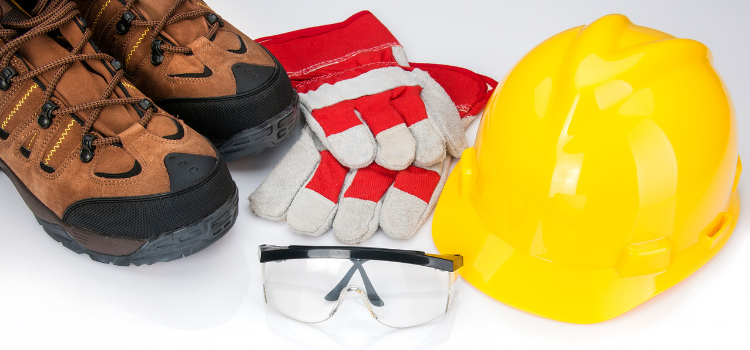4 Easy Ways to Improve Logging SafetyPosted: 2021-02-16
Timber is a valuable natural resource that helps humans in various ways, including materials for construction, paper manufacturing, wood products, and firewood. Because of this, the forestry industry is among the top ten manufacturing employers in the United States. Unfortunately, logging has also been a regular among the top three most dangerous occupations for the last ten years. In fact, over the past several years, logging has remained in the top spot. According to statistics, approximately 100 out of 100,000 workers get injured per year, and there are years when the numbers even go beyond. In 2016 alone, there were 91-death related deaths among the 69,000 people working in the logging industry — that’s according to the United States Bureau of Labor Statistics. This line of work involves people being exposed to a plethora of hazards, such as working in close proximity to heavy equipment, tree falls, excessive noise, and other factors. To ensure your safety while working at a logging job site, consider these tips. Dress for safety. Logging activities involve the operation of heavy equipment and chainsaws, which cause dust and debris to fly through the air, which can get to a worker’s eyes. There’s always the possibility of being harmed by this device that runs at lightning speeds, especially the operator experiencing hand-arm and whole-body vibrations. To protect yourself from these particles, be sure to wear a mask that is strong enough and can filter speck of wood. Gloves are also a piece of essential protective equipment, especially if you’re handling electrical devices. Therefore, put on gloves that are adequately insulated to avoid electrical shock. Due to the dangers of working at a logging job site, it is necessary to wear bright-colored vests to make you stand out so that loggers can easily spot you. In addition, keep in mind to protect your feet at all times. Therefore, make sure you’re wearing steel-toed boots. Such a type of worker’s footwear is designed specifically for harsh outdoor conditions where workers face wet and inconsistent terrain at all times. They have raised heels, which make them compatible with climbing spurs. Be alert. Did we mention working at a logging site was dangerous? We can’t say this enough. Logging professionals are working with tall, heavy objects that have the potential to cause serious injury and even death. Therefore, watch your surroundings and stay away from areas where trees fall. Come up with a plan so that you and your fellow workers are separated by at least two tree lengths of the trees being felled (Two Tree Lengths Rule). Whether you are manually cutting down a tree or using a continuously rotating chainsaw, following this rule will keep you safe. Being mindful of what’s happening around you can mean the difference between you staying safe and being sorry. Take care of your heavy equipment. To ensure your car performs smoothly, you take it to the shop for maintenance where it receives oil change, lubrication, inspection, and other essential maintenance steps. Not doing so is a recipe for disaster. In the same way, it’s best to give your heavy equipment the care they deserve. It doesn’t matter if it’s preventive or predictive maintenance. What’s important is that you allow for regular servicing of your big boys. Without regular and proper maintenance, your heavy equipment will suffer from frequent failure and have a shorter lifespan. Of course, a neglected unit is a potential safety risk. Train. When it comes to occupational safety, you can never overstate the importance of continuous training. So, be sure to attend every safety training program available to you. Neophytes are especially prone to accidents and injuries, that is why they should take part in regular safety meetings to discuss Occupational Safety and Health Administration (OSHA) regulations, particularly logging safety. With this in mind, be sure to attend training and obtain all the relevant facts about your specific equipment and how to properly operate it. Also, participate in emergency shut-off procedures, accident reporting, and first aid treatment. Proper training gives you the skills to perform your work efficiently and safely. When you receive proper training, you can identify a safety hazard and avoid injury from the job-related dangers you may face. Follow these four tips when working at a logging site — they just might save your life.
| |






.jpg)
